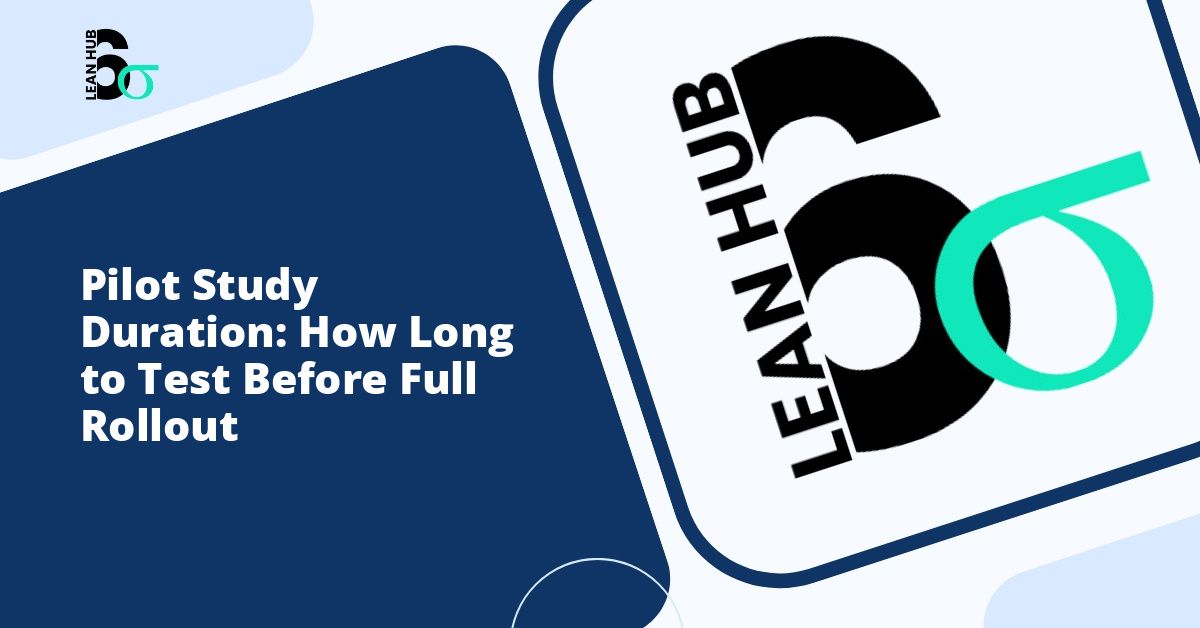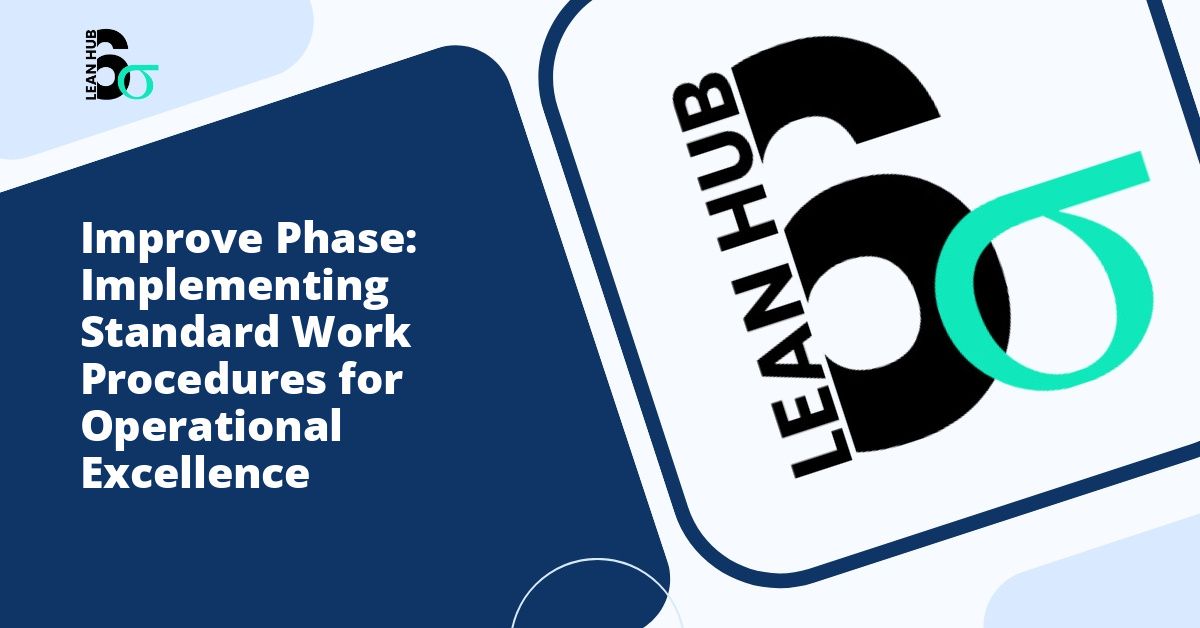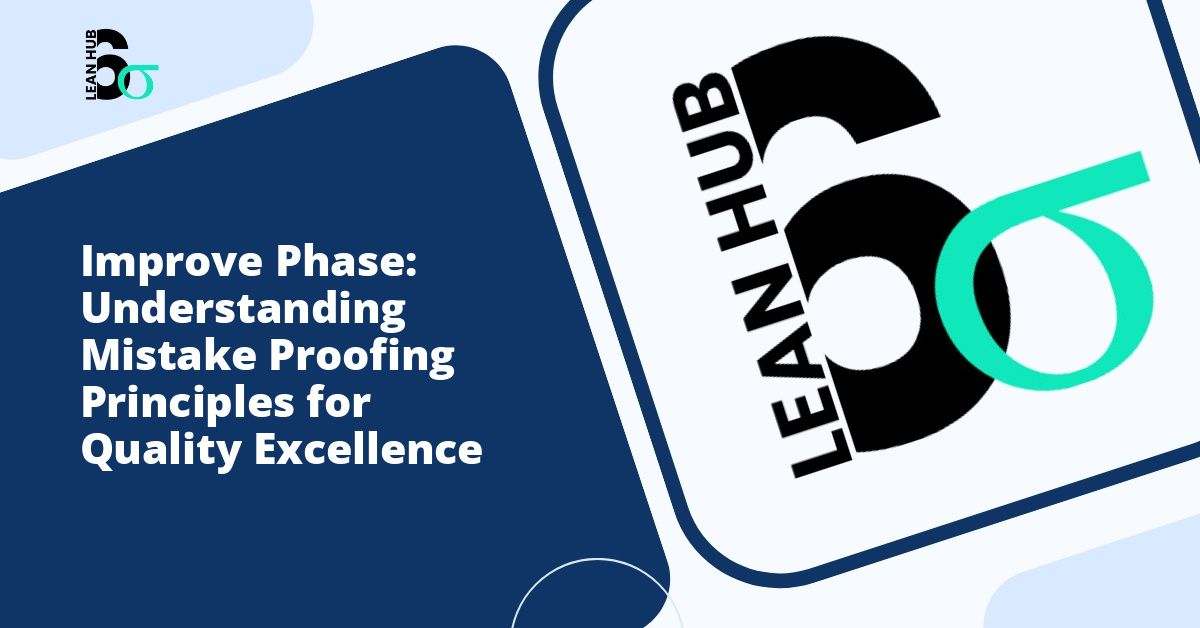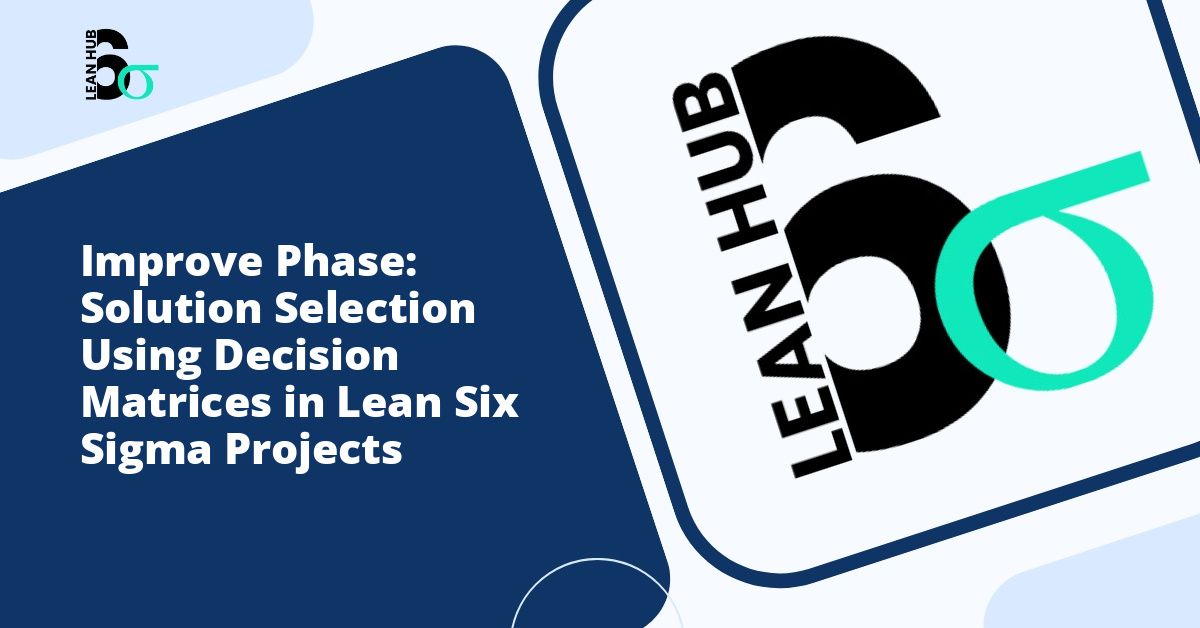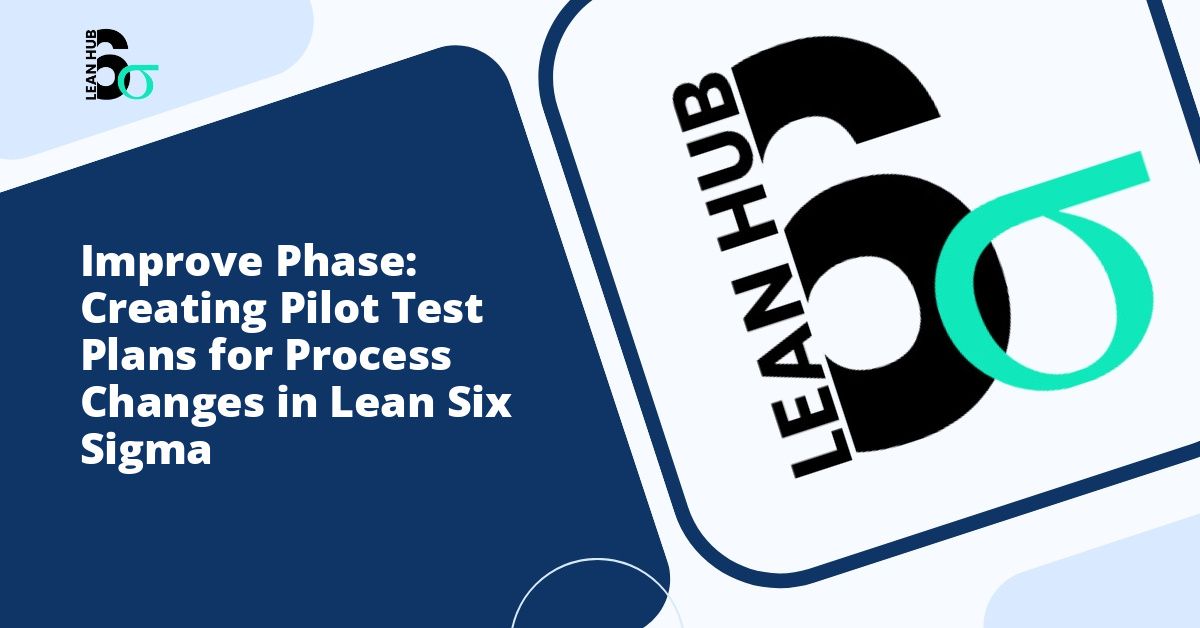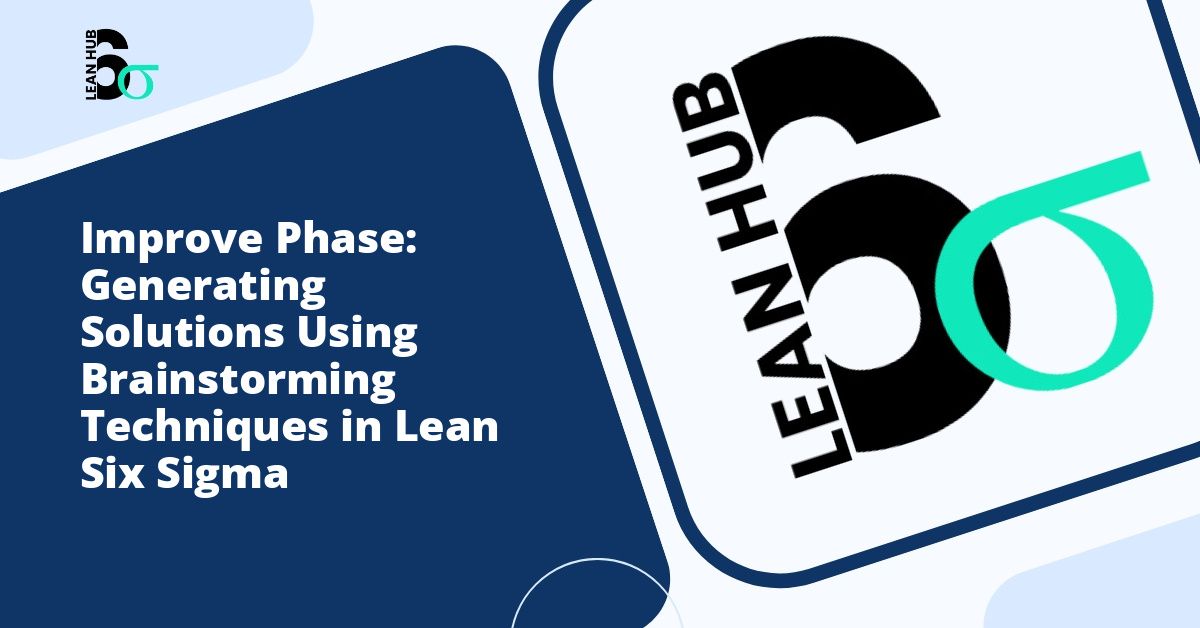Implementing new processes, products, or systems without proper testing can lead to costly mistakes and organizational disruption. Pilot studies serve as critical checkpoints that allow organizations to validate ideas, identify potential problems, and refine strategies before committing to full-scale implementation. However, one of the most frequently asked questions by project managers and business leaders is: how long should a pilot study last?
The answer is rarely straightforward, as pilot study duration depends on numerous factors including project complexity, organizational size, industry regulations, and available resources. This comprehensive guide will help you determine the appropriate timeframe for your pilot study and ensure you gather sufficient data to make informed decisions about full rollout. You might also enjoy reading about Total Productive Maintenance: Preventing Equipment Failures Before They Happen.
Understanding the Purpose of Pilot Studies
Before determining duration, it is essential to understand what pilot studies aim to achieve. A pilot study is a small-scale preliminary investigation designed to test the feasibility, processes, and potential outcomes of a proposed initiative. These studies help organizations answer critical questions: Does the solution work as intended? Are there unforeseen challenges? What resources will be required for full implementation? You might also enjoy reading about How to Generate Improvement Solutions: Brainstorming Techniques for Six Sigma Teams.
In the context of process improvement methodologies like lean six sigma, pilot studies represent a crucial validation step. During the recognize phase and subsequent improvement cycles, teams develop hypotheses about how changes will impact operations. Pilot studies provide empirical evidence to support or refute these hypotheses before organizations invest substantial resources into widespread changes. You might also enjoy reading about Constraint Management: Improving Bottleneck Performance in Your Organization.
Key Factors Influencing Pilot Study Duration
Complexity of the Initiative
Simple process changes may require only a few weeks of pilot testing, while complex technological implementations or organizational restructuring might demand several months. Consider the number of variables involved, the learning curve for participants, and the interdependencies with existing systems. A straightforward workflow modification in a single department might yield meaningful results in four to six weeks, whereas implementing new enterprise software could require three to six months of pilot testing.
Data Collection Requirements
The amount and type of data you need directly influences pilot duration. Quantitative metrics like productivity rates, error frequencies, or customer satisfaction scores require sufficient sample sizes to reach statistical significance. Qualitative feedback through surveys, interviews, or focus groups may accumulate more quickly but still needs adequate representation. Organizations should determine their minimum viable data threshold before establishing pilot timelines.
Seasonal and Cyclical Variations
Many businesses experience predictable fluctuations based on seasons, fiscal quarters, or market cycles. A retail organization testing a new inventory management system should run pilots through at least one complete seasonal cycle to understand performance during both peak and off-peak periods. Financial services firms might need to test through a complete fiscal quarter to capture month-end processes. Failing to account for these variations can result in misleading pilot results that do not reflect real-world operating conditions.
Stakeholder Availability and Engagement
Pilot studies require active participation from various stakeholders, including end-users, managers, technical support staff, and oversight committees. The availability of these individuals can constrain or extend pilot timelines. Organizations must balance the need for comprehensive testing against the reality that key participants have competing priorities. A pilot that disrupts normal operations excessively may face resistance or generate artificially negative results.
Regulatory and Compliance Considerations
Highly regulated industries such as healthcare, pharmaceuticals, aviation, and finance often face mandated testing periods or documentation requirements. These organizations must structure pilot studies to meet regulatory standards, which may prescribe minimum durations, sample sizes, or validation protocols. Compliance requirements should be identified during the planning phase to avoid extending pilots unexpectedly or invalidating collected data.
Recommended Duration Guidelines by Project Type
Process Improvements and Workflow Changes
For process optimization initiatives common in lean six sigma projects, pilot studies typically run between four and twelve weeks. This timeframe allows teams to observe the process through multiple iterations, identify bottlenecks, and measure performance metrics against baseline data. During the recognize phase, teams identify opportunities for improvement; the pilot phase validates whether proposed solutions deliver expected benefits.
Shorter pilots of four to six weeks work well for localized changes affecting small teams or simple processes. Extended pilots of eight to twelve weeks are advisable when changes impact multiple departments, require behavior modification, or involve learning new procedures.
Technology Implementation
Technology pilots generally require longer durations, typically ranging from two to six months. This extended timeframe accounts for technical configuration, user training, system integration testing, and troubleshooting. Early weeks often reveal technical issues, while later weeks demonstrate user adoption and sustainable performance.
Cloud-based solutions with lower implementation complexity might complete successful pilots in six to eight weeks, while enterprise resource planning systems or custom software development projects may require four to six months of rigorous testing.
Organizational or Cultural Changes
Initiatives designed to shift organizational culture, modify management approaches, or restructure teams demand the longest pilot periods, often spanning three to twelve months. Cultural changes require time for new behaviors to become habitual, for trust to develop, and for leaders to model desired approaches consistently.
These pilots should include regular check-ins and milestone assessments rather than waiting until the end to evaluate success. Quarterly reviews allow organizations to make mid-course corrections while maintaining pilot integrity.
Product Launches and Service Offerings
Market-facing pilots for new products or services typically last between one and six months, depending on purchase cycles and customer engagement patterns. Consumer products with short decision cycles might yield sufficient data in four to eight weeks, while business-to-business services with longer sales processes may require three to six months to assess market reception, pricing effectiveness, and operational feasibility.
Establishing Clear Success Criteria and Checkpoints
Regardless of chosen duration, effective pilot studies establish clear success criteria before launch. These metrics should align with organizational objectives and provide actionable insights. Common success criteria include performance metrics compared to baseline, user satisfaction scores, error or defect rates, cost implications, and time efficiency gains.
Rather than viewing pilots as fixed-duration commitments, consider implementing staged checkpoints. An initial assessment at 25 to 30 percent completion allows teams to identify critical flaws or adjust data collection methods. A midpoint review evaluates progress toward success criteria and determines whether the pilot should continue, be modified, or be terminated early. Final assessment synthesizes all collected data and formulates recommendations for full rollout.
Knowing When to Extend or Conclude Early
Flexibility within pilot timelines is essential. Clear evidence of fundamental flaws, safety concerns, or insurmountable obstacles may justify early termination, saving resources that would be wasted on continued testing of a failed concept. Conversely, inconclusive results, insufficient data, or external disruptions may warrant extensions.
Extension decisions should be made deliberately, with revised objectives and timelines. Avoid indefinite pilots that become permanent parallel operations, as this creates confusion, duplicates effort, and prevents decisive action.
Planning for Transition from Pilot to Full Rollout
The pilot conclusion does not mark the end of careful planning. Organizations should allocate time between pilot completion and full rollout for data analysis, stakeholder communication, refinement of processes based on lessons learned, and preparation of implementation resources.
This transition period typically requires two to six weeks, depending on pilot complexity and organizational size. Teams should document findings comprehensively, create implementation guides based on pilot experiences, and develop training materials that address challenges identified during testing.
Conclusion
Determining optimal pilot study duration requires careful consideration of project characteristics, organizational context, and strategic objectives. While general guidelines suggest four to twelve weeks for process changes, two to six months for technology implementations, and three to twelve months for cultural initiatives, each organization must adapt these recommendations to their specific circumstances.
By establishing clear objectives, defining success criteria, incorporating relevant factors such as those emphasized in lean six sigma methodologies, and remaining flexible throughout the recognize phase and beyond, organizations can conduct pilot studies that generate valuable insights without unnecessary delays. The investment in appropriately scoped pilot studies pays dividends by reducing full-rollout risks, building stakeholder confidence, and increasing the likelihood of successful, sustainable implementation.

